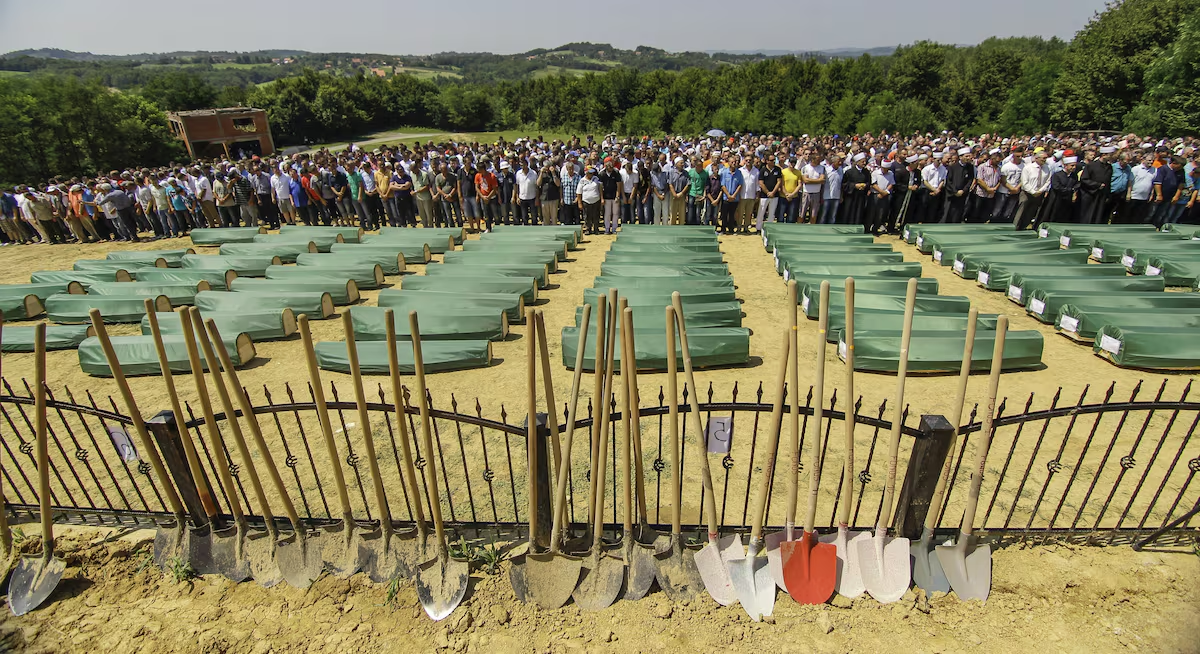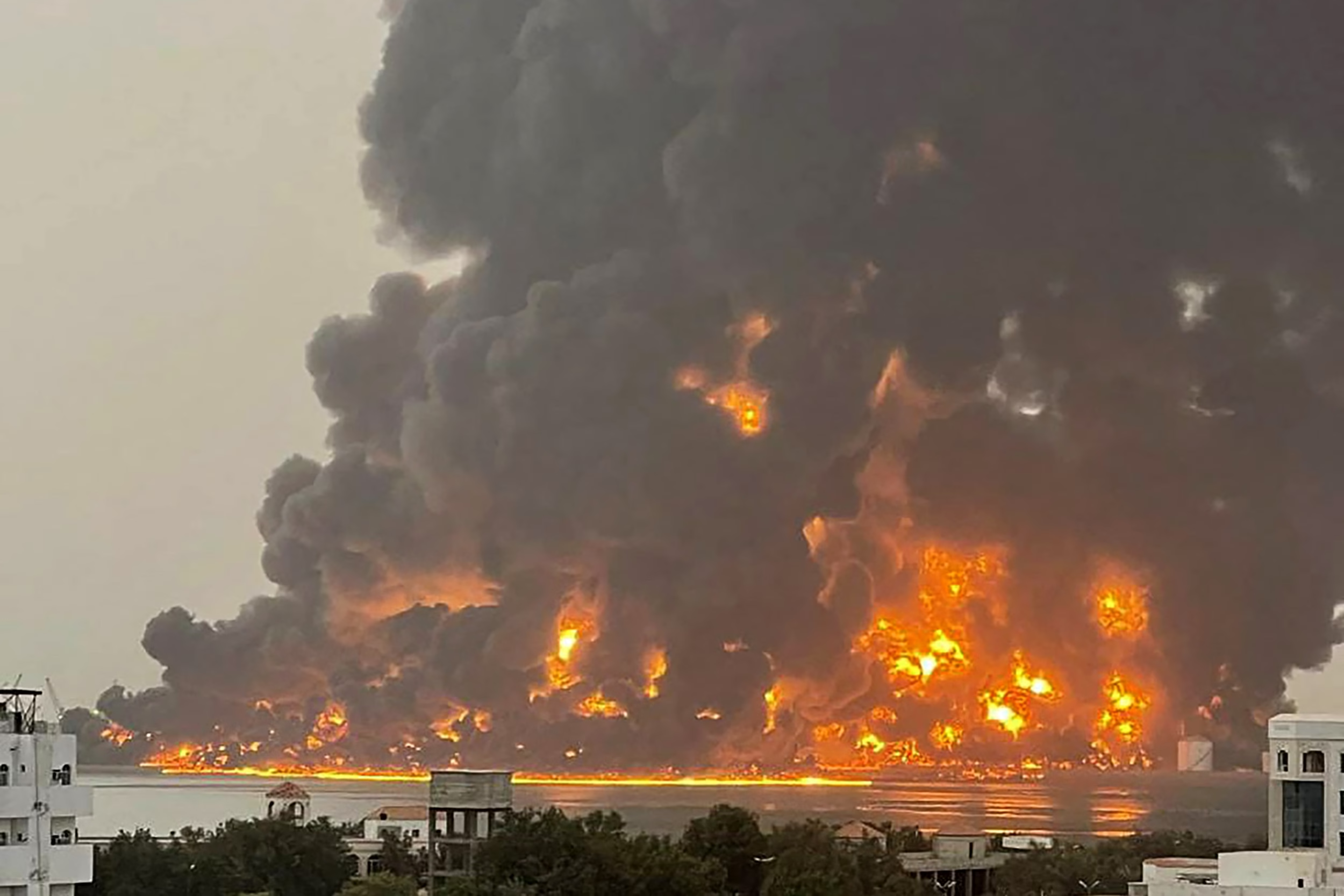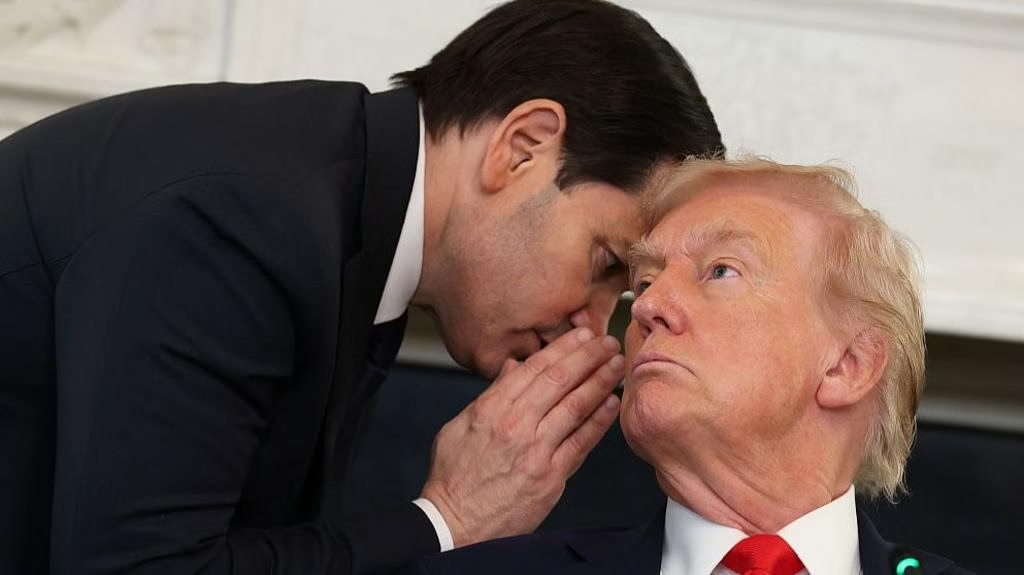Thousands gathered at the Srebrenica cemetery on Friday to mark the 30th anniversary of the massacre of more than 8,000 Muslim Bosniak men and boys by Bosnian Serb forces during the 1992–1995 war — the worst atrocity in Europe since World War II.
Despite decades passing, around 1,000 victims remain missing. Families have increasingly chosen to bury even partial remains — sometimes just a few bones — to provide a dignified final resting place. At the ceremony, the remains of seven more victims were laid to rest, bringing the total buried to 6,757.
Survivors, families, and dignitaries walked among the white headstones, many silently mourning, praying, or weeping by graves. “I feel such sadness and pain for all these people and youth,” said Sabaheta, a woman from Gorazde.
The massacre followed the fall of Srebrenica, a UN-declared “safe area,” to Bosnian Serb forces. As women sought refuge at a UN compound, thousands of men and boys fled through nearby forests. Many were captured, executed, and buried in mass graves, which were later disturbed to hide evidence of the crime.
The commander behind the massacre, General Ratko Mladić, and political leader Radovan Karadžić, were convicted of genocide by a UN tribunal in The Hague.
Commemorations included a symbolic three-day peace march retracing the 100-kilometre escape route taken by some survivors in 1995. Nearly 7,000 people participated.
Although two international courts have confirmed the massacre as genocide, Serb leaders in Bosnia and Serbia continue to dispute the term, the scale, and the established facts — a sign of unresolved tensions and political divisions from the Yugoslav wars that hinder Bosnia’s European integration.
In 2023, the UN General Assembly declared July 11 the International Day of Remembrance of the Srebrenica Genocide, leading to global commemorations.
“This can never be forgotten. Who can say this wasn’t a genocide? Only a person without a soul,” said Sabaheta, echoing the pain still felt by many.



